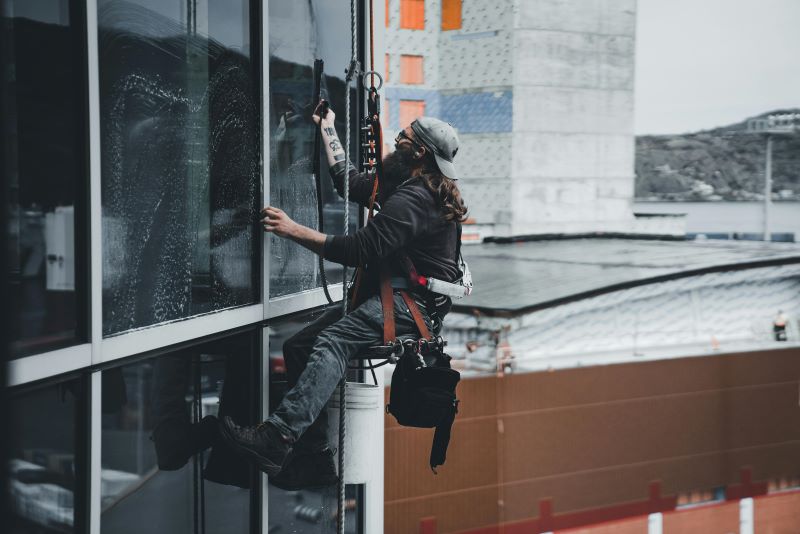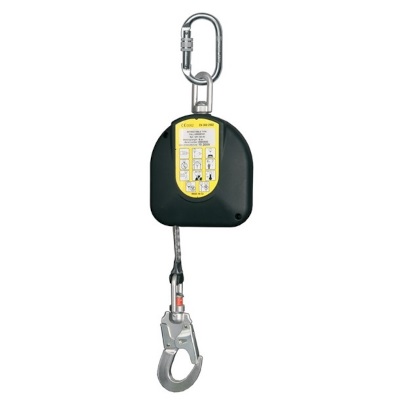
When working at height, having the right fall protection system is a life-saving necessity. Two of the most common fall protection systems are vertical and horizontal fall protection. While both systems serve the same purpose – preventing falls – they are designed for very different applications. If you want to learn the difference between these types of fall protection so that you can select the best system for your work environment, keep reading this blog!
More...

An inclined plane is a work environment that is slanted at an angle, like a sloping roof. These environments bring with them a unique set of challenges, as while it may be possible to stand on inclined planes, they are uneven and therefore present a higher risk of a fall.
Read on to find out how to stay safe while working on an inclined plane (and what equipment you’ll need to do so).
More...

A fall arrest block, also known as an inertia reel, is a personal protective equipment (PPE) device that is used to prevent serious injury or death in the event of a fall from height. Fall arrest devices like this only kick in when a fall occurs, locking the lifeline and catching the wearer before they hit the ground.
Fall arrest systems, like fall arrest blocks, should only be used as a last resort when there is no way to easily prevent or eliminate the risk of a fall.
More...

Rope access definition: Rope access is a safe and efficient work-at-height technique that uses ropes, harnesses and other specialist equipment to access difficult to reach areas.
Rope access techniques were originally developed from techniques used in climbing and caving, whereby practical ropework allows workers to access locations without the need to use scaffolding or an aerial work platform. Workers are usually suspended from a safety harness, allowing them to descend, ascend and traverse a structure while working.
More...

Fall arrest systems are typically required when a person needs to work on fragile surfaces where there is a fall hazard. It is important to note that fall arrest systems are different from fall prevention and restraint systems and should only be required / relied upon as the last line of defence for workers in situations where fall prevention is not feasible.
More...

